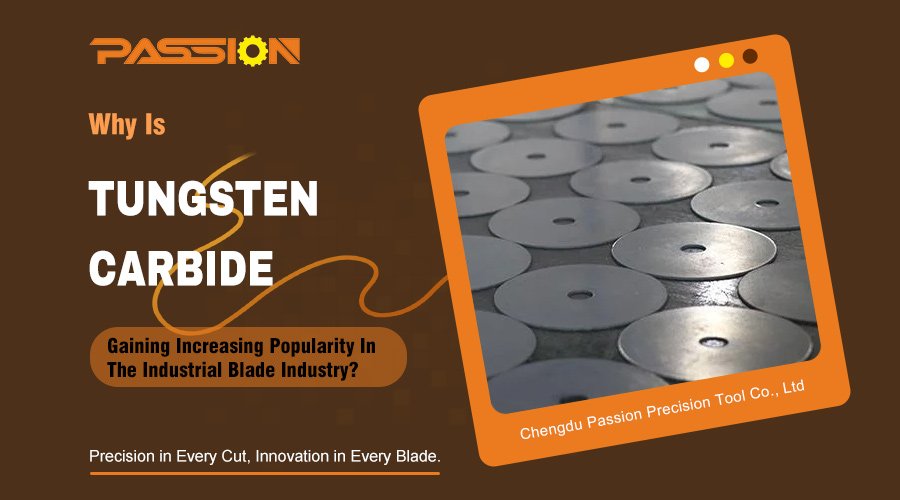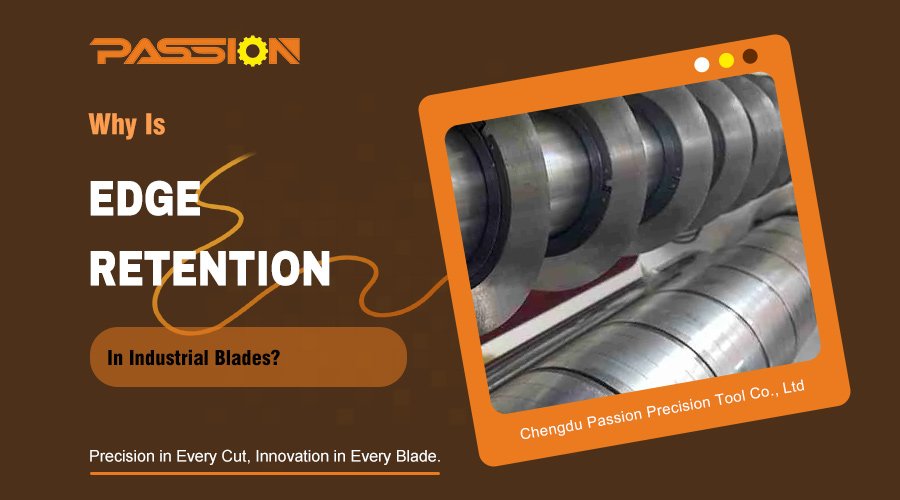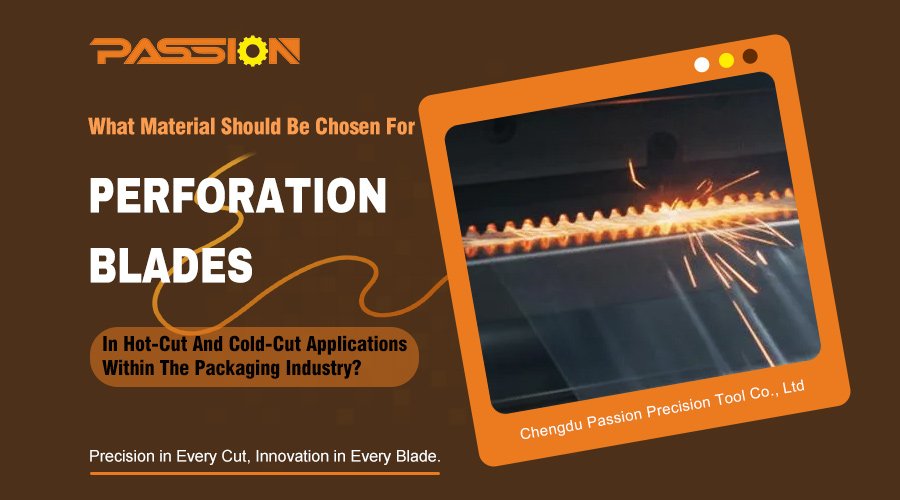Industrial blades play a critical role in various manufacturing and cutting processes. Whether you’re working with carbide blades, slitting blades, or other industrial knives, understanding the geometric parameters that define their performance is essential. These parameters directly impact cutting efficiency, durability, and edge sharpness, making them vital to successful operations.
The geometric parameters of industrial blades include several key features blade thickness, chord length, bevel angles, and the cutting edge geometry. These factors determine the blade’s cutting efficiency, durability, and sharpness. For carbide blades and slitting knives, precise geometry ensures superior performance, reducing wear and tear. Material properties, such as hardness and wear resistance, also play an integral role in the blade’s ability to maintain sharp edges during operation.
Understanding these geometric parameters helps in selecting the right industrial blade for specific applications, ensuring maximum efficiency and longer lifespan. Let’s explore the key aspects in more detail.
What Are The Geometric Features Of Industrial Blades?
Industrial blades, such as carbide and slitting blades, are designed with several geometric parameters that affect their cutting performance. These include cutting edge shape, profile, thickness, and material hardness. The profile of the blade is perhaps the most recognizable feature, with designs varying from straight to curved edges, depending on the cutting task. The cutting edge geometry plays a huge role in how well the blade can slice through materials, with sharper angles providing smoother cuts and lower cutting forces.
For industrial blades, the geometry needs to match the intended material to be cut. For example, slitting blades require an edge with minimal resistance to prevent material deformation, while carbide blades may have a more robust profile for demanding operations like cutting metals or hard plastics.
What Are The Key Parameters Of Industrial Slitting Blades?
Slitting blades, used for slicing through materials like paper, plastic, and metal, must be designed with specific geometric considerations. The most important factors include cutting edge angle, blade thickness, and chord length. Slitting blades need to have sharp edges with minimal resistance to cutting force, which is influenced by these key parameters.
The cutting edge angle impacts the sharpness and efficiency of the blade. A sharper angle provides a cleaner cut but may wear down faster, while a more obtuse angle is more durable but sacrifices some cutting precision. Blade thickness determines both the strength and flexibility of the blade. Thicker blades are more durable, making them suitable for heavy-duty tasks, but they might not offer the same precision as thinner blades. The chord length affects the blade’s cutting efficiency, with longer blades generally suited for higher-speed cutting operations.
How Do Material Properties Affect The Geometric Design Of Industrial Knives?
Carbide blades and other industrial knives are made from high-hardness materials to withstand extreme wear and tear. The material properties, including tensile strength, wear resistance, and hardness, influence the geometric design of the blade. A blade made from carbide, for instance, can be designed with finer, sharper edges due to the material’s strength, allowing for better performance in high-speed or precision cutting applications.
Materials like tool steel and carbide offer higher wear resistance, enabling the blade to maintain a sharper edge for longer periods. However, harder materials may require careful consideration of the blade’s cutting edge geometry to ensure it doesn’t become too brittle. The right material properties combined with precise geometric parameters result in a blade that performs optimally for specific tasks.
How Does Blade Thickness Influence Cutting Performance?
The thickness of an industrial blade plays a crucial role in its cutting performance. Thicker blades are more durable and resistant to bending, making them ideal for heavy-duty applications. However, thinner blades offer precision, allowing for smoother cuts in delicate materials. The ideal blade thickness depends on the type of material being cut and the required cutting precision.
For example, a thicker blade may be necessary for cutting through harder materials, where increased durability and resistance to breakage are key. On the other hand, a thinner blade is better for precision cutting tasks, such as slitting paper or plastic, where the focus is on clean, smooth cuts rather than durability.
What Is The Importance Of Blade Bevel And Cutting Edge Geometry?
The bevel of a blade, or the angle of the cutting edge, directly affects its sharpness and cutting ability. A steeper bevel angle is suitable for cutting softer materials, while a shallower angle might be used for tougher, harder substances. The geometry of the cutting edge ensures that the blade can slice through materials with minimal resistance and wear.
Blades with a steeper bevel are often used for precision cutting, where sharpness is more important than durability. In contrast, shallow bevels are used in industrial knives that need to withstand greater cutting forces over longer periods. For example, carbide blades may have a slightly shallower bevel to ensure the material doesn’t chip, while slitting blades often feature a finer bevel for cleaner cuts.
How Does Chord Length Impact Industrial Blade Efficiency?
Chord length refers to the distance between the leading edge and the trailing edge of the blade along the central axis. This parameter plays a significant role in determining the cutting efficiency of industrial blades. Longer chord lengths are typically found in blades designed for higher cutting speeds, while shorter chord lengths may be used for precision and smaller cuts.
The ideal chord length depends on the application. In high-speed cutting operations, a longer chord length ensures that the blade covers more material with each rotation, increasing throughput. For precision tasks, a shorter chord length allows for better control and accuracy, especially when cutting thinner materials or intricate patterns.
Understanding the geometric parameters of industrial blades is crucial for selecting the right tool for your cutting needs. Factors like blade thickness, bevel angles, and material properties all contribute to cutting efficiency, durability, and sharpness. By optimizing these parameters, you ensure maximum performance and extended blade life. Whether you’re using carbide blades or slitting knives, the correct blade geometry leads to more effective, precise cuts, ensuring better results and fewer replacements over time.







